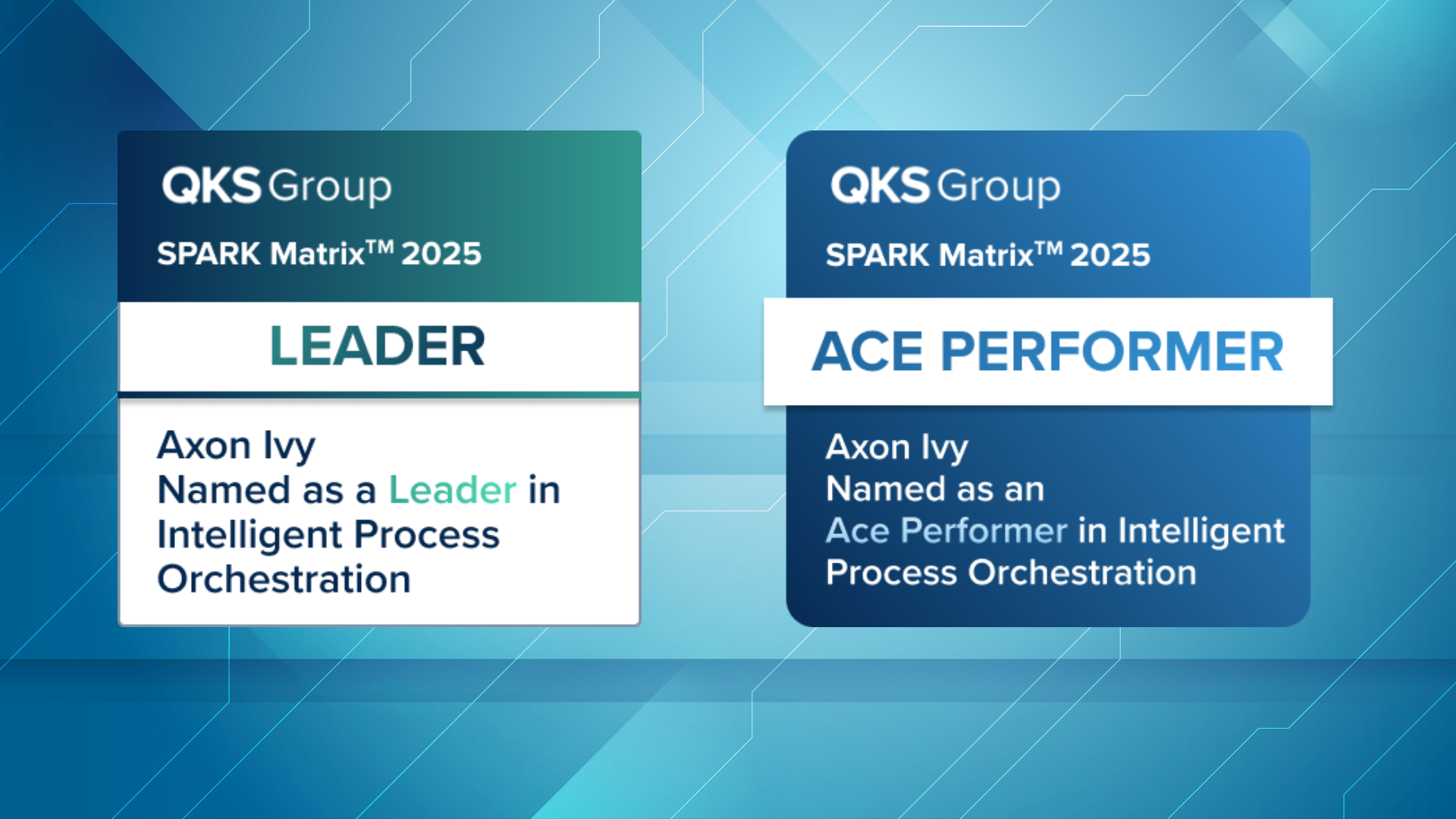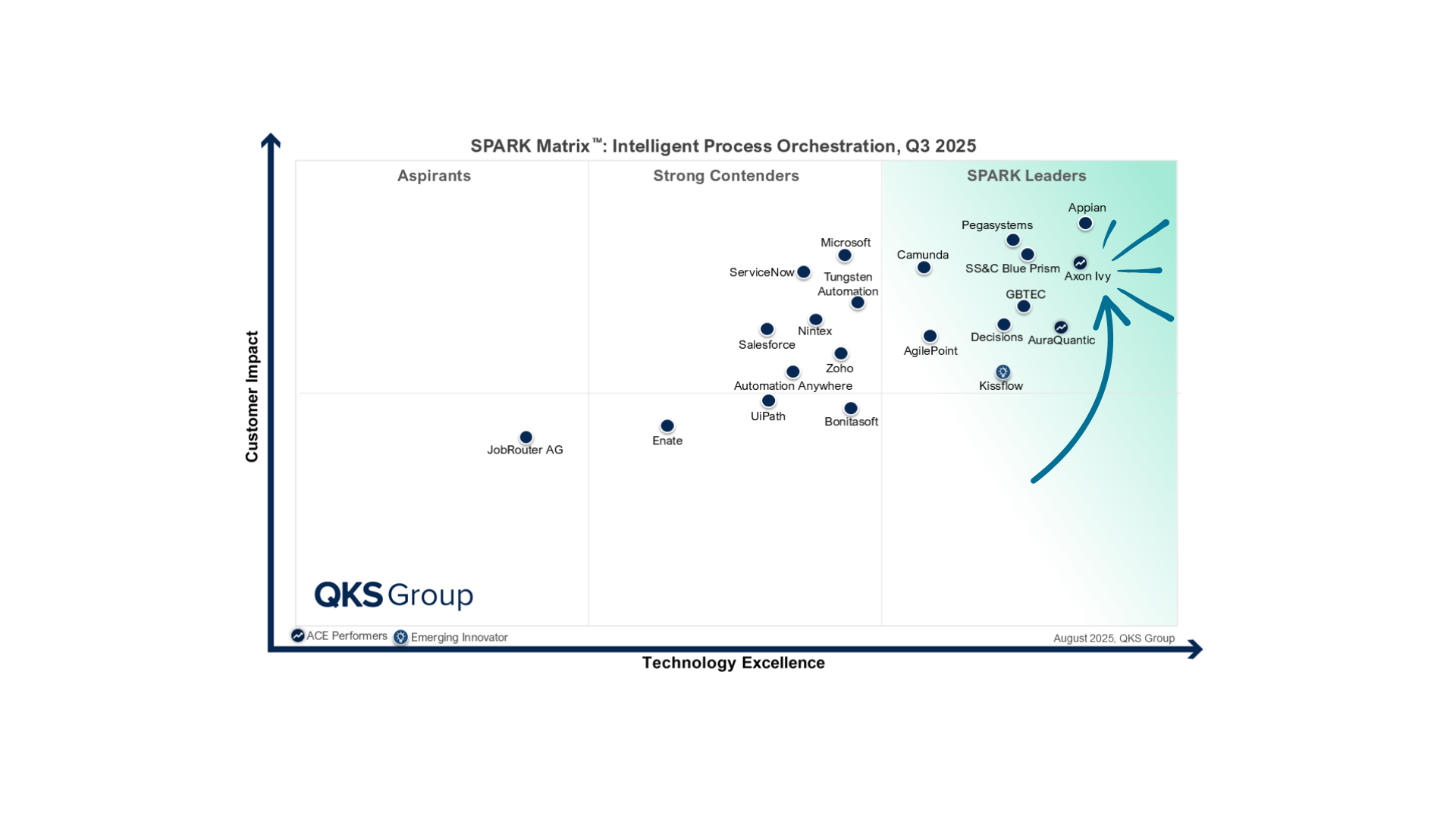
Going Digital Isn’t Enough: Why HR Still Falls Behind
The Challenge: According to McKinsey, 60% of HR resources are tied up in manual tasks, leaving only 10% for strategic work. PwC reports that 67% of companies struggle with inconsistent HR data. The problem isn’t a lack of tools – it’s a lack of connectivity.
The Underestimated Problem of Fragmented HR Landscapes
The reality in many companies:
Modern HR software is in place – recruiting tools, payroll systems, learning platforms, performance management. All digital. All state-of-the-art.
And yet, HR teams struggle every day with:
- Manual data transfers between systems
- Delays in onboarding processes
- Incomplete data foundations for decision-making
- Time-consuming compliance documentation
The reason: These systems run side by side, not in sync. They’ve created digital islands not seamless processes.
Why Isolated Digitalization Falls Short
What individual tools promise: "We digitalize your entire recruiting process!"
What’s Missing in Practice:
- A seamless transition from recruiting to onboarding
- Automatic handovers to IT, facility, and compliance
- A consistent data foundation for strategic decisions
- An end-to-end overview of all HR processes
The real challenge: system fragmentation
Most companies rely on a variety of specialized HR systems. Each one optimized for a specific task. But together, they often form a disconnected patchwork.
A typical example: A new employee passes through multiple systems during onboarding – from the digital personnel file to IT user management and training platforms.
The result: Media disruptions, waiting times, and duplicate data entries.
The Solution: Intelligent Process Orchestration
What Does That Mean in Concrete Terms?
Instead of constantly introducing new systems, you intelligently connect the ones you already have. A central process platform coordinates all HR workflows across systems:
1. Seamless Data Flows
- Data entered once is available to all systems
- Changes are automatically synchronized
- No duplicate entries, no inconsistencies
2. Intelligent Workflow Control
- End-to-end workflows across systems
- Automatic handoffs and triggers
- Parallel, not sequential, processing
3. Transparency and Control
- Real-time visibility into all processes
- Clear KPIs and actionable insights
- A solid foundation for strategic decisions
Real-World Use Cases
Smart Onboarding: From Patchwork to End-to-End
The Challenge:
- Multiple departments must be coordinated
- Various systems are involved
- New employees often wait weeks to become fully operational
The Orchestrated Solution:
- A central process coordinates all stakeholders
- Tasks run in parallel, not one after the other
- Full transparency into the onboarding status
The Result: Faster onboarding, fewer delays, and noticeably higher satisfaction among new employees.
Skill Management: From Spreadsheets to Strategic Asset
The Challenge:
- Skills data is fragmented across multiple systems
- No holistic view of workforce capabilities
- Succession planning is difficult and unreliable
The Orchestrated Solution:
- A centralized skill database aggregating data from all sources
- Automated matching for internal job opportunities
- Intelligent recommendations for targeted development
The Result: Greater internal mobility and more effective, strategic talent development.
Compliance Management: From Manual to Automated
The Challenge:
- Strict regulatory requirements
- Time-consuming documentation duties
- High error rates in manual processes
The Orchestrated Solution:
- Automated assignment of compliance trainings
- End-to-end audit trails
- Rule-based access and permission control
The Result: Reliable compliance with significantly less effort and reduced risk.
The Path to a Connected HR Landscape
Phase 1: Assessment and Prioritization
- Analyze the current system landscape
- Identify critical process gaps
- Define clear goals and success criteria
Phase 2: Pilot Project
- Start with a focused, high-impact process
- Validate the approach with measurable results
- Involve all key stakeholders
Phase 3: Gradual Expansion
- Extend to additional processes step by step
- Continuously optimize and scale
- Build internal expertise and ownership
Success Factors for Implementation
1. Process Before Technology: Even the best technology won’t deliver results if the underlying processes aren’t well defined. Start by designing the ideal process, then plan the technical implementation.
2. Leverage Existing Systems: Replacing functioning HR tools isn’t practical or necessary. The key is to connect and orchestrate what’s already in place.
3. Change Management from Day One: Successful transformation requires employee buy-in. Involve teams early, communicate clearly, and deliver visible quick wins.
4.Take an Iterative Approach: Don’t aim for a complete overhaul all at once. Implement changes step by step and apply lessons from each phase to the next.
Why Connected HR Systems Are a Game-Changer for Your Business
| For HR Leaders | For IT | For Executive Management |
| More time for strategic work: Less manual coordination | No system sprawl: Clear integration architecture | HR as a business enabler: Faster, more agile processes |
| Informed decision-making: With unified data across systems |
Less maintenance effort: Centralized process logic instead of scattered workarounds | Compliance assurance: Transparent, documented workflows |
| Higher process quality: Standardized, error-free operations | Future-proofing: New systems can be easily integrated | Scalability: HR processes that grow with the business |
The Most Common Concerns and Why They Don’t Hold Up
“Our system landscape is too complex for orchestration.”
The Reality: The more complex your IT landscape, the more value a central process platform delivers. Instead of adding complexity, orchestration creates a unifying layer that intelligently connects existing systems.
The Path Forward: Start with a focused, manageable process, such as onboarding. Early successes provide the foundation for scalable transformation.
“That would turn into a multi-year IT mega project.”
The Reality: Modern low-code platforms have changed the rules. What once took months can now be delivered in weeks. Processes are modeled rather than programmed, and changes can be implemented quickly.
The Path Forward: Begin with a proof of concept in just a few weeks. Initial productive processes go live within 2–3 months. This is agile transformation, not a years-long IT undertaking.
“Our departments won’t abandon the systems they trust.”
The Reality: They don’t need to. Process orchestration doesn’t require replacing effective systems. On the contrary, it enhances the value of existing tools through intelligent integration.
The Path Forward: Demonstrate how orchestration strengthens departmental systems: By reducing manual input, enabling automatic handoffs, and improving analytics, all while preserving the familiar user environment.
Conclusion: The Future Lies in Connected Processes
According to Kienbaum, 78% of companies cite talent acquisition as their top challenge. At the same time, the DGFP reports that 54% of HR leaders find their current software lacks scalability.
The solution is not more isolated systems – it's intelligent orchestration. Organizations that embrace this approach lay the foundation for:
- More efficient processes by eliminating manual interfaces
- Smarter decisions based on consistent, integrated data
- Greater agility through flexible, scalable workflows
The era of fragmented HR systems is coming to an end. The future belongs to connected, intelligent processes.



